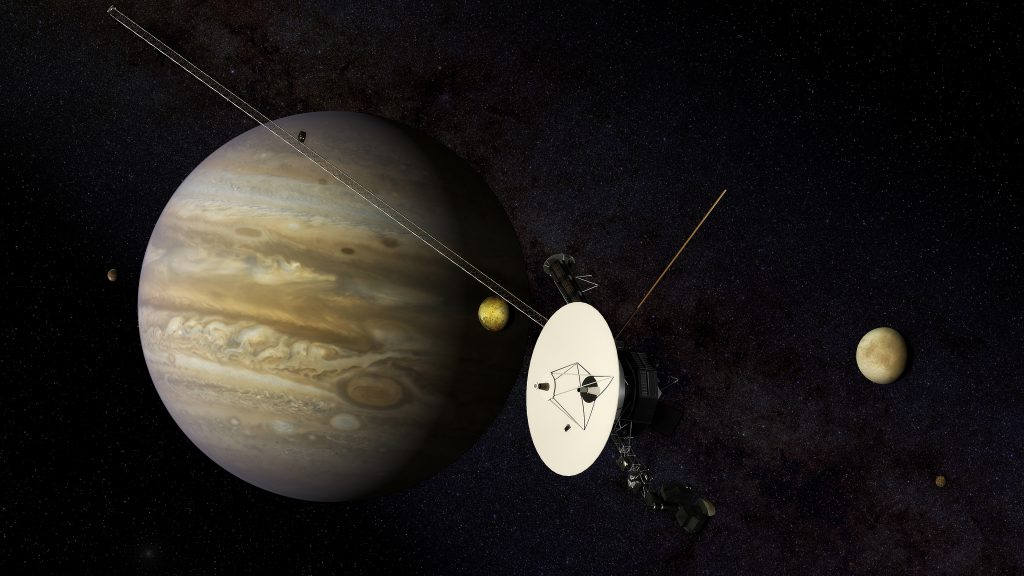
What happens when humanity’s most distant messenger suddenly goes quiet? For five months beginning in late 2023, Voyager 1-already 15 billion miles from Earth-sent back nothing but indecipherable telemetry. Engineers at NASA’s Jet Propulsion Laboratory faced a challenge that was part archaeological dig, part high-stakes surgery on a 1970s spacecraft. When the signal returned in April 2024, it carried something unexpected a pattern flagged by NASA’s quantum AI as a “non-human structure.”
This episode has become a nexus of deep-space engineering, advanced anomaly detection, and tantalizing scientific speculation. From cosmic radiation hazards to quantum communication theories, Voyager’s ordeal offers lessons extending far beyond one spacecraft. Here are ten of the most compelling insights that have been drawn from the mission’s blackout and recovery.

1. The Flight Data Subsystem Failure
In March 2024, Voyager 1’s engineers traced its communication breakdown to a corrupted memory chip in its Flight Data Subsystem, FDS, which is responsible for packaging science and engineering data. About 3% of the memory in FDS was compromised and could not sustain normal operations. With no spare hardware and only 69.63 kilobytes of memory, the team relocated the affected code to scattered free sectors, sometimes overwriting obsolete routines that dated back to the probe’s Jupiter flyby era. This painful reconfiguration was executed with a 45-hour round-trip signal delay, underscoring the fragility of maintaining vintage systems in interstellar space.

2. Quantum AI Flags a Non-Human Structure
NASA’s quantum core anomaly detector analyzed the restored signal and identified a structure inconsistent with known human or natural spacecraft signatures. According to the NASA Quantum AI Lab, “the system’s pattern recognition capabilities go beyond conventional algorithms, therefore allowing the system to detect complex encodings that could be hidden in telemetry noise.” Though technical malfunction remains the leading explanation, the flagged anomaly invites consideration of rare interstellar plasma formations or technologically modulated signals, challenging conventional astrophysical models.
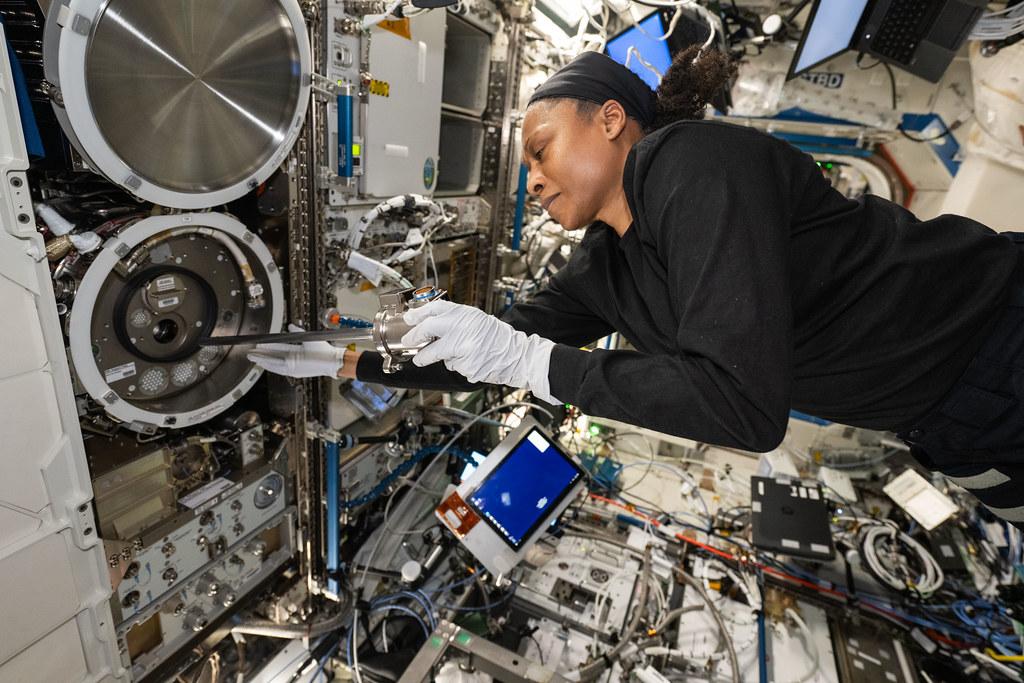
3. Human Ingenuity Over Automation
And despite decades of advances in AI, Voyager’s onboard systems could not self-correct the corruption in the FDS. Engineers had to fall back on decades-old manuals and institutional memory, echoing propulsion engineer Todd Barber’s description of the spacecraft as “positively geriatric.” The success of that manual intervention shows the lasting value of human knowledge and flexible problem-solving, especially during conditions unforeseen by the designers of autonomous systems.
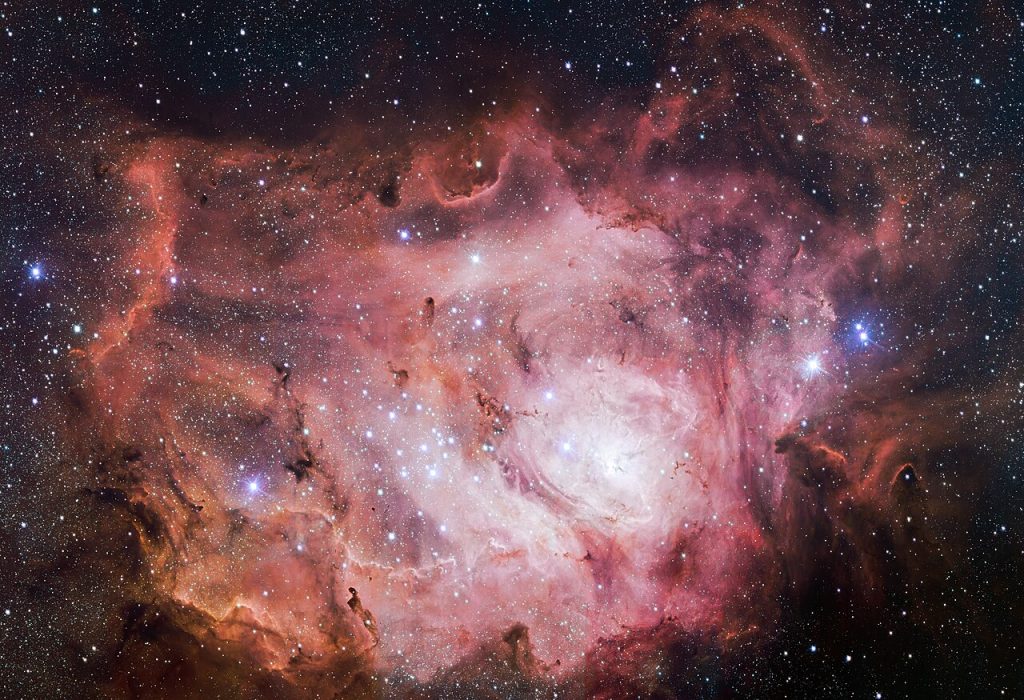
4. The Five-Month Blackout’s Scientific Cost
The silence disrupted steady measurements of interstellar plasma, cosmic ray intensity, and magnetic fields. Models of these phenomena didn’t get the latest essential updates, thus holding back research with direct implications for heliophysics and space weather forecasting. The episode also underlined the mission’s fragility due to expected power draining by 2036 and limited possibilities of repair in extreme distances.
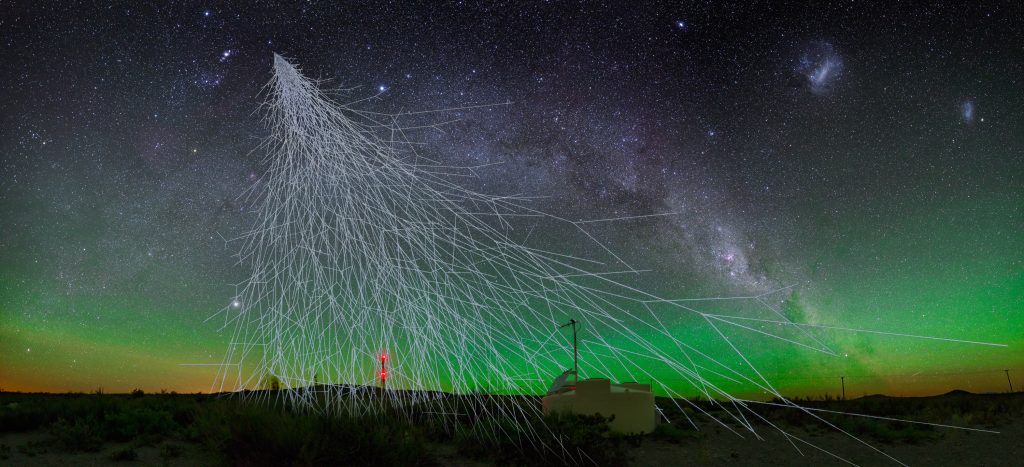
5. Cosmic Radiation and Aging Hardware
The reason behind chip failure is still not known. High-energy galactic cosmic rays, already recognized to cause bit flips and degrade hardware, are a likely suspect. It is documented that both electronics and biological systems can be damaged by cosmic particle strikes, along with years of thermal cycling and radiation that add to aging wear. Understanding these mechanisms is particularly important for designing the future probes that shall be resistant to such harsh conditions in interstellar environment.

6. Advances in Spacecraft Anomaly Detection
Modern spacecraft produce many telemetry datasets, from which anomaly detection is increasingly complex. High recall rates in finding operational irregularities have been achieved through architectures in deep learning such as Long Short-Term Memory networks. In the case of Voyager, quantum AI extended this capability to find patterns that might elude linear methods. Recent reviews of AI-based anomaly detection mentioned combining machine learning with domain expertise so as to interpret ambiguous signals.
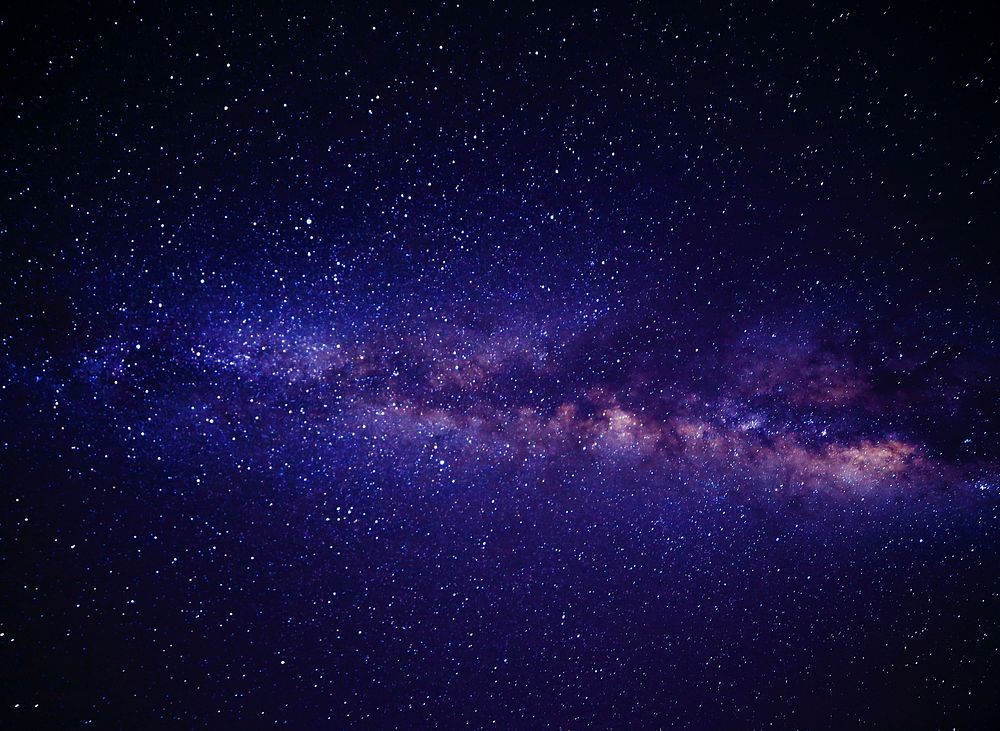
7. Galactic Cosmic Ray Insights from Voyager
Voyager 1 has been measuring the local cosmic ray spectra since crossing into interstellar space in 2012, going down to 3 MeV per nucleon. Data show a constant hydrogen-to-helium ratio of 12.2 ± 0.9 across energies, with peak intensities about 15 times higher than at 1 AU. These observations refine the propagation models and inform estimates of cosmic ray energy density and ionization rates, providing very valuable in situ constraints for astrophysical theory.

8. Quantum Communication and the Fermi Paradox
The research of Latham Boyle indicated that, hypothetically, an advanced civilization might be capable of implementing interstellar quantum communication by broadcasting photon qubits, retaining coherence across enormous distances. Such a signal would, in turn, be entirely undetectable by any of the SETI methods in operation today and could potentially explain the Fermi Paradox. Limitations therein are that such photons would have a wavelength of less than 26.5 cm and that the diameters of the telescope would have to be in excess of 100 km-an idea well beyond our technological present capabilities but, nevertheless theoretically conceivable.
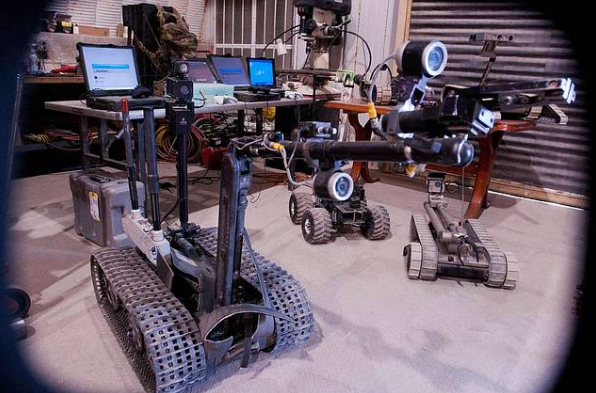
9. On-Orbit Servicing as Future Safeguard
The inability to physically repair Voyager underscores the potential of OSAM technologies. Diagnosing and repairing these anomalies remotely may one day be possible with the use of emerging inspection systems, ranging from LiDAR to terahertz imaging. Platforms such as Northrop Grumman’s Mission Extension Vehicle already demonstrate life-extension servicing, hinting at how future missions might avoid irreversible failures.
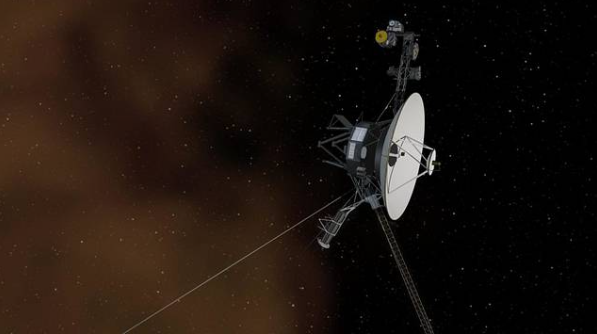
10. Cultural and Scientific Legacy
Voyager’s golden record and decades of data make it both a scientific instrument and a cultural icon. The recent anomaly rekindled public fascination with extraterrestrial intelligence, while the recovery reinforced confidence in human problem-solving. As astrophysicist Jim Bell noted, “Every bit of data they send back is new,” a reminder that even in its twilight years, Voyager continues to expand the boundaries of human knowledge.
Voyager 1’s blackout and cryptic signal form a narrative where aging hardware meets cutting-edge analysis, where the line between technical glitch and cosmic mystery blurs. The mission’s recovery showcases the synergy of human expertise and advanced AI, while its anomaly invites deeper inquiry into both astrophysical phenomena and the search for non-human technology. In the great silence of interstellar space, Voyager remains a voice-sometimes faint, sometimes strange-carrying humanity’s curiosity ever farther.


